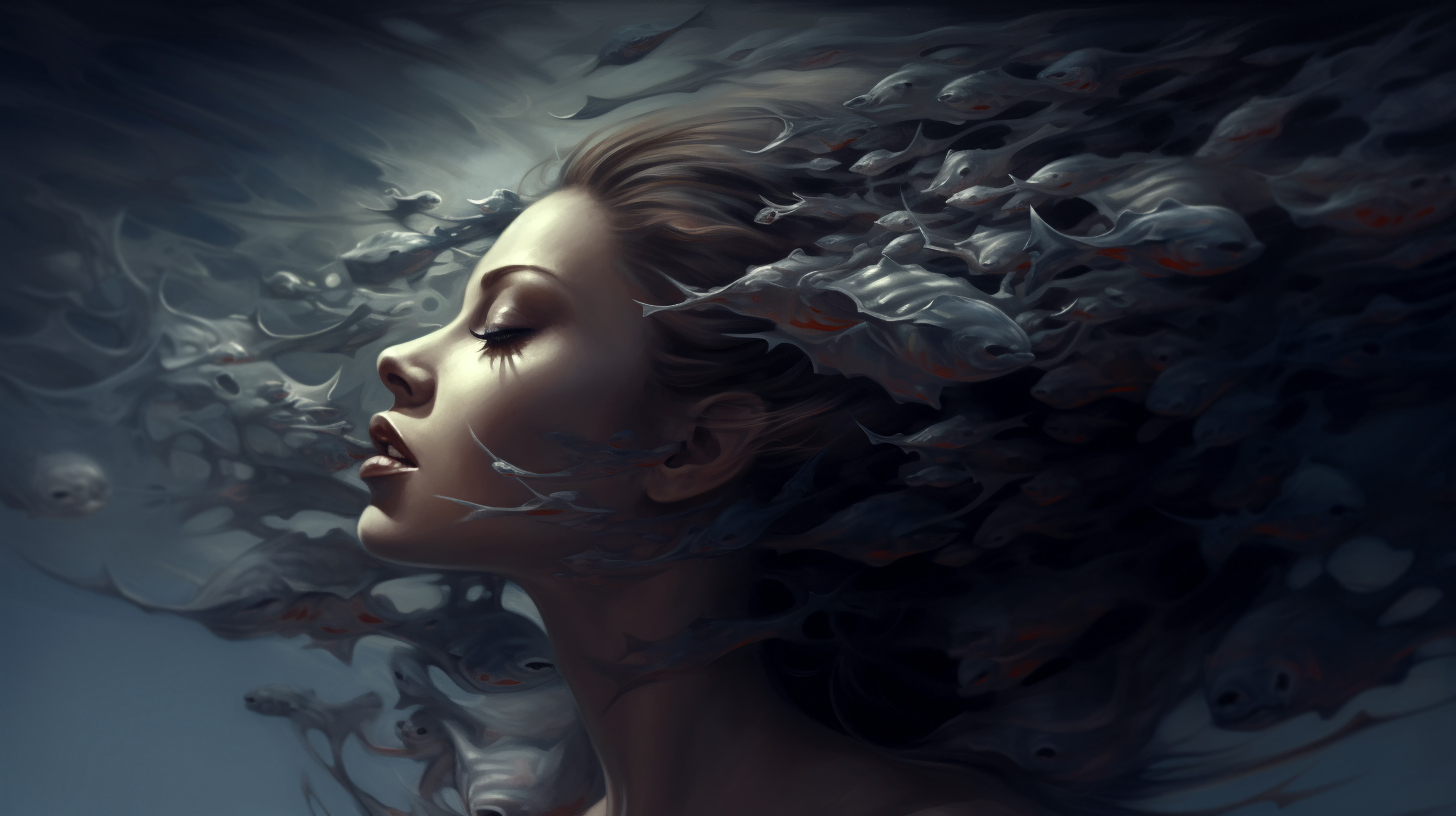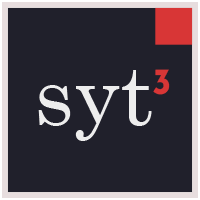
Active Imagination
Imagine a world where your imagination comes alive, where you can explore the deepest corners of your mind and uncover hidden treasures. It’s a place where you can confront your fears, overcome challenges, and transform into the person you’ve always wanted to be.
Through the power of active imagination, you have the ability to tap into your inner world and unleash your creativity like never before. It’s a practice that takes you on a journey of self-discovery, allowing you to delve into the depths of your subconscious and unlock the potential within.
In this article we are going to cover the history and origins of the Carl Jung’s, Active Imagination process along with steps you can take to transcend your conscious mind and embrace the psychic processes.
What is Active Imagination?
Active imagination as a psychological technique was pioneered by the renowned Swiss psychiatrist Carl Jung in the early 20th century. C. G. Jung’s explorations of the unconscious mind led him to develop this approach to consciously interact with our inner imagination and fantasies.
Jung believed that within each individual lay a collective unconscious – a profound inner world that contains archetypes, instincts, and memories inherited from our ancestors. He felt that by tapping into this realm through active imagination, people could achieve individuation – the process of integrating the conscious and unconscious elements of one’s psyche.
In his seminal work “Psychic Processes” published in 1916, Jung first introduced the world to his concept of active imagination. He referred to it as a synthetic method to engage the unconscious through visualization and free association. This allowed for a bridge between the unconscious mind and the ego.
Over the next few decades, Jung continued expanding on active imagination in his writings and therapeutic work. In his 1928 essay “On Psychic Energy,” he spoke of active imagination as a natural process of human thought and experience. His work established the techniques that would enable individuals to harness the power of their unconscious mind.
Jung brought active imagination into the mainstream through his book “Memories, Dreams, Reflections” in 1962, which documented his own personal experiences with unlocking his unconscious thoughts through imagination, dreams and visions. Later, his experiences were released by his estate, written in his own words and images in “Liber Novus”, otherwise known as The Red Book.
His insights and techniques still form the foundation of active imagination practices used today for self-discovery and inner transformation.
My soul, my soul, where are you? Do you hear me? I speak, I call you–are you there? I have returned, I am here again.
I have shaken the dust of all the lands from my feet, and I have come to you, I am with you.
After long years of long wandering, I have come to you again….
Carl Jung – entry in a Black Book
The Basics of Active Imagination
Active imagination is a fundamental concept in Jung’s theories on the unconscious mind. It involves consciously engaging with unconscious contents like dreams, fantasies, and images through the use of imagination.
By tapping into imaginative abilities, individuals can explore the hidden depths of their psyche and gain valuable insights and understanding. This facilitates a dialogue between the conscious and unconscious minds, leading to personal growth and transformation.
In active imagination, the unconscious is accessed through images, symbols, or scenarios that arise spontaneously. In interacting with these as real experiences, individuals are able to discover deeper meanings.
Jung believed that giving free rein to creativity and imagination allows contact with the raw material of the unconscious. The results can reveal patterns, beliefs, and motivations that shape a person’s personality.
Steps for Beginner Practitioners
For beginners interested in practicing active imagination, here are some steps to get started:
Choose a quiet space free from distractions. This allows full immersion in the experience. Take time to ground yourself through breathing, meditation or connecting to your surroundings. This establishes presence and openness.
Select a dream image, symbol, or unconscious scenario to focus on. This serves as the starting point to engage with the unconscious mind. Allow the image to freely unfold and develop without judgment or restrictions.
Interact with the image as if it were real. Be curious and open to any feelings, thoughts or sensations that arise. Explore the image’s symbolic meaning through inner dialogue.
Active imagination requires an intuitive, non-judgmental approach. The goal is to authentically engage with unconscious aspects of oneself. With practice and patience, it can become a powerful tool for self-discovery.
Remember to document experiences through journaling or creative expression. This helps capture insights for later reflection and integration.
Active imagination opens a pathway into the depths of the psyche. By exploring what arises spontaneously, self-awareness and growth can develop. This process unlocks insights that integrate into daily life.
Benefits of Active Imagination in Daily Life
Incorporating active imagination techniques into a daily practice provides numerous benefits for well-being and growth. Regularly tapping into the imagination fosters a deeper connection with one’s inner self and enables applying insights to enhance life.
Exploring the imagination uncovers meaningful symbols and guidance from the unconscious mind. This inner source of wisdom enriches self-reflection and personal development.
Active imagination also enhances creativity by contacting the unconscious realm of imaginative and expressive potential. This inspires new ideas, expands thinking, and boosts problem-solving abilities.
Additionally, interacting with unconscious material builds self-awareness. It offers insight into motivations, fears, and desires while considering different perspectives on life experiences.
Growth occurs by uncovering unconscious patterns and beliefs that may limit current situations. Recognizing these dynamics enables conscious choices and transformation.
Committing to active imagination techniques leads to a more authentic, self-expressed, and meaningful life. The inner exploration it facilitates supports navigating outer experiences with wisdom and creativity.
To undertake this inner journey, raw material from dreams, memories or daily life serves as a starting point.
Raw Material for an Active Imagination Session
In an active imagination session, the raw material serves as the foundation for exploration and growth. This raw material can come from various sources, such as dreams, memories, or current experiences.
Dreams often contain symbolic images that provide insights into the unconscious mind. These images can be used as starting points to delve into deeper thoughts and emotions.
Memories, especially those with emotional significance, offer rich raw material to understand oneself and past experiences through active imagination.
Present experiences and circumstances can also serve as raw material by focusing attention on reactions, emotions, and thoughts in real-time. This enables deep self-exploration and conscious choices.
Ultimately, the raw material sparks self-reflection and an encounter with the symbolic landscape of the unconscious. By working with whatever arises spontaneously, individuals can gain self-knowledge, integrate insights, and facilitate transformation.
Releasing Your Subconscious Through Fantasy
Active imagination enables releasing the subconscious through fantasy by tapping into deepest desires and motivations. This requires dedicated time for focused reflection in an environment conducive to open-minded exploration.
Suspending judgment while allowing thoughts and fantasies to surface freely permits the unconscious mind to express itself. Maintaining an open and curious attitude allows hidden desires and fantasies to emerge. Recording experiences through journaling or creative expression helps retain insights.
By actively engaging in this process, individuals can explore the depths of their innermost wishes and gain greater self-understanding. Releasing the subconscious imagination reveals aspects of oneself and the world in a profound way.
Interpreting Dream and Unconscious Images
Interpreting dream and unconscious images using active imagination involves approaching them with an open and curious mindset. Their symbolic nature represents unconscious material seeking expression.
Immersing fully in the image and exploring its emotional resonances and personal associations provides clues to its meaning. Examining the personal significance of symbols uncovers insights into motivations, relationships, and life circumstances.
Making connections between images and experiences facilitates interpretation. Look for patterns and parallels in feelings, reactions, and behaviors that may relate to the image. Journaling helps document these interpretations.
Ultimately, engaging actively with dream and unconscious imagery leads to increased self-awareness and integration of unconscious aspects for greater wholeness. Their messages become transformative tools for personal growth.
Expressive Forms Used in Active Imagination
Active imagination employs various expressive forms to explore unconscious material. Writing allows documenting experiences, thoughts, and feelings for later reflection. Drawing visually represents images and symbols, deepening understanding. Painting uses colors and textures to convey emotions and experiences.
Sculpting offers a tactile experience of unconscious contents. Movement and embodiment through dance and role-play further integrate the unconscious. Each form provides tools to externalize and engage with the rich imagery arising in active imagination.
Books by Robert A. Johnson on Dynamic Function and Natural Healing Function
Robert A. Johnson, a respected Jungian analyst and author, has written several books that explore the concepts of dynamic function and natural healing function, both of which are relevant to the topic of active imagination.
One of Johnson’s notable works is “He,” which delves into the nature of the masculine psyche and the importance of balancing the dynamic function. In this book, Johnson explores the concept of the dynamic function as the active, assertive, and goal-oriented aspect of the psyche. He discusses how the conscious mind can engage with the unconscious through active imagination, allowing for a harmonious integration of the dynamic function.
Another book by Johnson that relates to the topic is “Inner Work: Using Dreams and Active Imagination for Personal Growth.” In this book, Johnson provides practical guidance on how to engage with active imagination in order to tap into the natural healing function. He explores how dreams and fantasies can serve as raw material for personal growth, as individuals learn to navigate and integrate the unconscious contents of their psyche.
Both of these books by Johnson offer valuable insights into the concepts of dynamic function and natural healing function, providing readers with practical tools to actively engage with their imagination for personal growth and transformation.
TLDR:
Active imagination provides a profound doorway into the landscape of the unconscious mind. By exploring the raw materials of dreams, memories, and spontaneous fantasies, new levels of self-understanding can emerge. Interacting with these images leads to unlocking one’s creativity, uncovering inner wisdom, releasing unconscious desires, and integrating disparate aspects of oneself. Committing to this imaginative inner journey results in greater self-awareness, emotional intelligence, and ability to navigate life’s challenges. Ultimately, active imagination facilitates a deeper connection with one’s inner being, sparking transformation that ripples through all areas of life. Regular engagement with this process supports living a more conscious, fulfilling, and inspired existence.
References/Further Reading
For those interested in delving deeper into the concept of active imagination and its role in personal growth and transformation, there are several recommended resources available:
- Carl Jung’s “The Red Book,” which showcases his own experiences with active imagination
- “Inner Work: Using Dreams and Active Imagination for Personal Growth” by Robert A. Johnson about incorporating the technique into daily life
- “Jung on Active Imagination” by Joan Chodorow for a comprehensive exploration of Jung’s ideas
- “Active Imagination: Encountering the Unconscious” by C. G. Jung from Routledge & Kegan Paul for an academic perspective
I hope these resources provide valuable knowledge and inspiration to undertake one’s own active imagination journey and unlock the depths of the unconscious mind.
